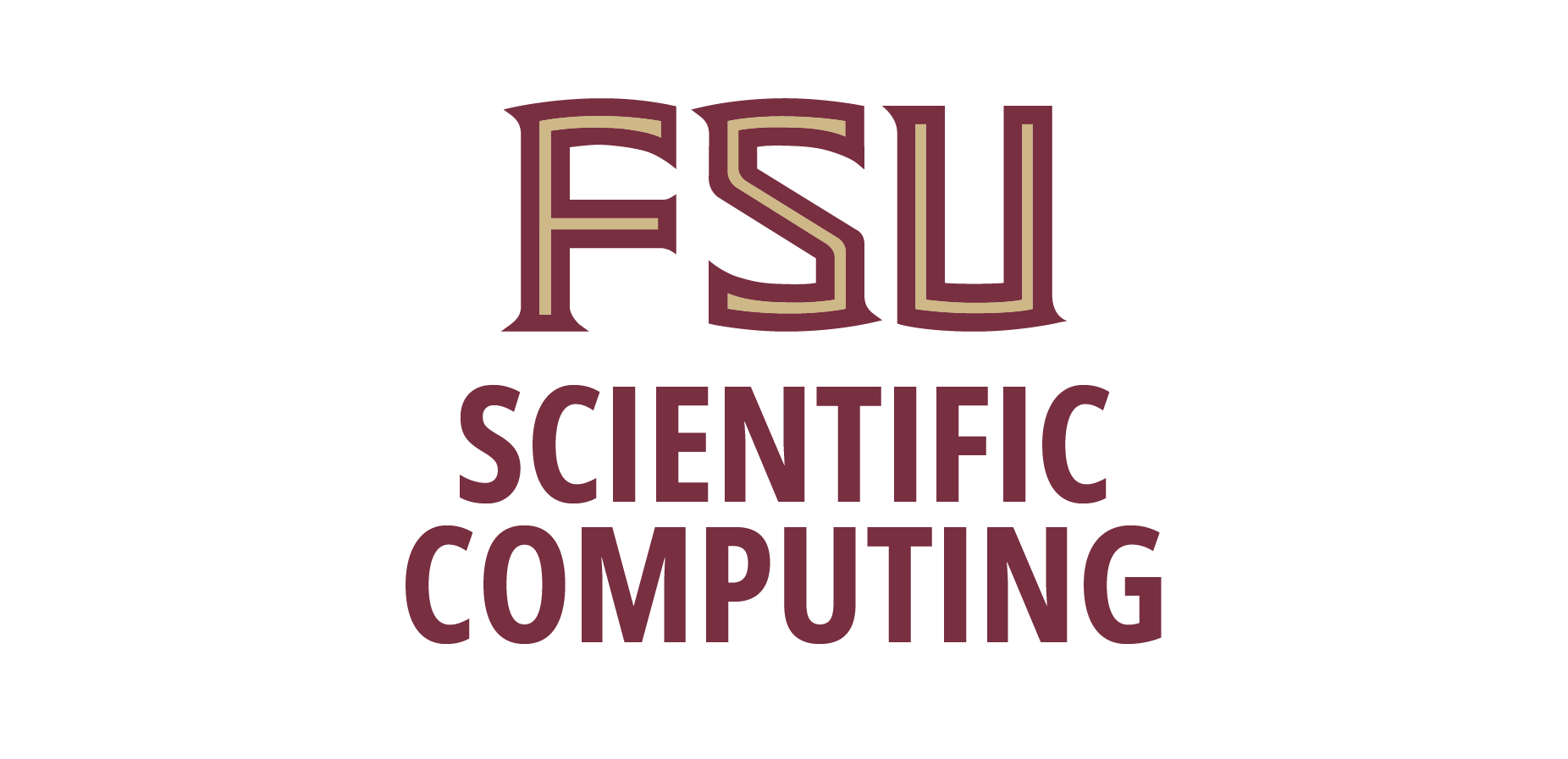"Assimilating real observations with ML-based models"
Wednesday, Nov 6, 2024
Abstract:
There has been a recent surge in development of accurate global atmospheric model emulators, including full ML model emulators (FourCastNet, PanguWeather, GraphCast, GenCast) and hybrid models (NeuralGCM). Evaluation of these models has generally been focused on forecasts, mostly with 1-10 day lead times. However, forecasts rely on accurate initial conditions that, in the context of operational weather prediction, generally come from a cycled data assimilation (DA) system. While there have been a few DA studies that utilize emulators, these studies have focused on synthetic observation experiments. Here we present what is, to our knowledge, the first study of a DA cycling system using ML models to assimilate real observations. A reduced observation network consisting of only surface pressure observations is assimilated into ML models (including NeuralGCM, PanguWeather, and GraphCast) using an ensemble Kalman filter. This experiment design provides an informative test case since the performance of the DA system relies on accurately capturing ensemble covariances to update unobserved state variables, where the observed variables may or may not be part of the loss function used in the optimization process. Results will be compared to those from experiments that cycle with a coarse-resolution version of a fully physical model, NOAA’s operational Global Forecast System. The ML models suffer from stability issues, and even when stable do not perform well compared to the GFS, even when run at higher resolution, suggesting that changes in the way these models are trained will be necessary for DA applications.
Speaker's Bio:
Jeff Whitaker is a research meteorologist at the Physical Sciences Laboratory of the NOAA Earth System Research Laboratories in Boulder, Colorado. He is an FSU alumnus who received his M.S. in 1986 and Ph.D. in 1990. From Tallahassee, he moved to Boulder in 1991, where he has lived and worked since. He started as an NCAR postdoc, then moved to the NOAA Cooperative Institute CIRES in 1992 to work in NOAA's Climate Research Division (which has undergone several name changes since and is now part of the Physical Sciences Laboratory). In 1999, he moved from CIRES to a Federal position, and until a month ago he was chief of the Modeling and Data Assimilation Division in PSL. Since then he has focused on research to advance the use of ensemble forecasts in NOAA operational systems, particularly for data assimilation. He has also worked on developing stochastic parameterizations to represent model uncertainty, the generation and use of reforecast datasets for ensemble calibration, and using an EnKF to generate a 200-year atmospheric reanalysis using only surface pressure observations. Jeff spends most of his spare time watching baseball, cycling and restoring vintage bikes.

